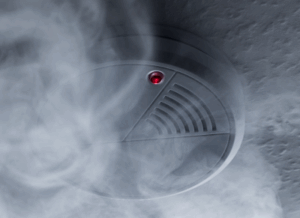Featured News
-
January 16, 2026
Keep Your Pipes From Freezing With These Simple Tips

-

-
December 12, 2025
Understanding the Role of Consumer Reporting Agencies

-
December 10, 2025
A Silent Threat: Protect Yourself From Carbon Monoxide Poisoning

-

-

-
November 25, 2025
A Strong Dose of Security

-
November 19, 2025
Stay Thankful, Stay Safe: Fire Prevention Tips For Your Holiday Cooking

-
July 28, 2025
Simplify Your Life with Comprehensive Security Solutions

-

-
March 3, 2025
Security Checklist For Your Business

-

